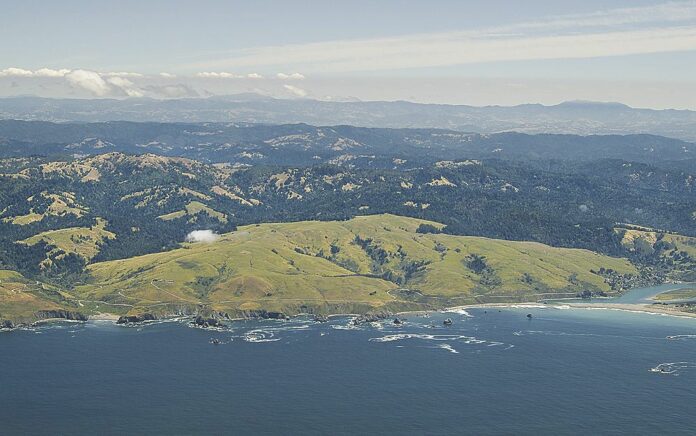Sonoma County’s Pacific coastline is a mostly public and pristine landscape of bluffs, beaches, redwood forests and a sprinkling of small settlements at Bodega Bay, Jenner, Timber Cove, Fort Ross, Stewart’s Point and Sea Ranch. This preservation of open space and free public access did not happen by accident. It took nearly a decade of local citizen action to stave off development forces and future negative impacts.
This citizen mobilization is memorialized in the Local Coastal Plan (LCP), first adopted in 1981 and updated in 2001. The LCP is the local guidebook and rules for what is, and what is not, allowed along the 55 miles of ocean coastline and environs. The LCP is monitored and managed by the California Coastal Commission, which was created by voters’ approval of Prop. 20 in 1972.
It is now time to update the LCP and public workshops begin on Oct. 26 at the Bodega Bay fire station on Highway 1. (The workshop is from 10 a.m. to noon.) Three more workshops are scheduled in November, and the county Board of Supervisors will hold public hearings in early 2020 before forwarding the updated plan to the Coastal Commission for final approval next summer.
Does citizen input matter? In the late 1960s, the local coast was being threatened with plans to build five power plants, including a large nuclear reactor at Bodega Bay. The mouth of the Russian River was being eyed as a dredging site for gravel to build the Bay Area Rapid Transit (BART). The private Sea Ranch development was being proposed to close 10 miles of coast to all public access. Numerous subdivisions were being proposed between Bodega Bay and Timber Cove where there is now only county and state parks.
Today there are 40 miles of public trails and 80 public access points on the Sonoma coast. Much of the access is free or with minimal park fees charged at Bodega Dunes, Doran Beach, Salt Point and Fort Ross parks. The coastal zone which stretches inland to include Cazadero, Duncans Mills, Bodega, Freestone, Occidential and Camp Meeker has a human population of 3,385. Half of the inhabitants live in Bodega Bay and The Sea Ranch.
Key elements of the existing LCP include a total ban on all on- and off-shore oil and gas exploration or drilling. Low intensity agriculture use is favored, mostly in the form of pastures and large tracts with few dwellings. Protection of water resources, both surface and groundwater, is detailed. The LCP and other Coastal Commission actions have cited increased pressures on water resources due to storm and agriculture runoff, added pressure for resources by nearby developments and the need for updated conservation plans in the Russian River basin and other fish habitats due to increasing bouts of dry years and changes in state and federal regulations.
“This is an ideal time for the community to get involved in the future of the Sonoma Coast by being involved with the Local Coastal Plan Update,” said Lynda Hopkins, 5th district county supervisor. (The 5th District includes the entire coast from the Gualala River in the north to the Estero Americano at the southern border with Marin County.)
“I encourage our community to help continue our local legacy of protecting our beautiful coast and coastal communities by participating in upcoming outreach opportunities.”
Future workshops led by Permit Sonoma staff will be held at Timber Cove on Nov. 5 from 6 to 8 p.m.; at Sea Ranch on Nov. 17 from noon to 2 p.m.; and at the county administration center in Santa Rosa on Nov. 21 at 1:20 p.m. Public input is being sought on key focus areas including public access, water resources, geologic hazards, biological resources and sea level rise. The draft plan completed by Permit Sonoma staff is 424 pages, plus 10 appendixes.









